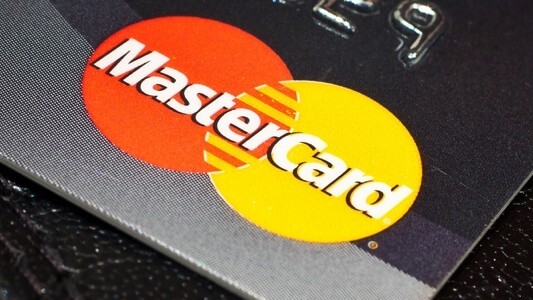
During Wamda’s COE (Celebration of Entrepreneurship) E-Commerce event taking place in Jordan today, Aramex COO Iyad Kamal gave a little bit of insight into how the company has witnessed the online payment landscape changing over the past year.
The most significant piece of information shared by Kamal is that, according to Aramex, the region has seen e-commerce grow by 300%. For Aramex itself, this has translated into a 70% increase in shipments, with the largest fulfillment centre for e-commerce based in Dubai.
But while e-commerce continues to grow in the region, it’s still doing so with the safety net of cash-on-delivery (COD) transactions. Only 30% of these purchases are actually being bought using online payment options, while the remaining 70% are attributed to CODs.
70% of online transactions in the region are cash-on-delivery and the other 30% is online payments #CoEeCommerce
— Baher (@DrBaher) June 3, 2012
While COD payments dwarf the number of online payments, it does have its drawbacks – namely a much higher return rate. Items purchased using COD payments are returned seven times more than purchases made using online payments. 15% of COD purchases are returned, while only 2% of online payment purchases are returned.
Other interesting tidbits of information shared by Kamal include who’s shelling out the most cash – Jordan leads, followed by Bahrain, Oman, UAE and Qatar – and what are the most popular purchases – apparel and gadgets.
Aramex’s Shop and Ship service, which allows customers to purchase items from stores in the US, UK and China which don’t deliver to the region, has also recorded some pretty impressive numbers. Shop and Ship processed a whopping 2 million shipments on orders placed on e-commerce sites in the past year. Kuwait leads the pack as the biggest market for this popular option, followed by Saudi Arabia and the UAE.
Setting the Shop and Ship service aside, when it comes to e-commerce in general, the biggest markets are in the UAE, Saudi Arabia and Egypt. It’s also interesting to find that, while major cities are often the hub of e-commerce transactions, in Saudi Arabia, they buck the trend with over 50% of the country’s e-commerce customers living outside the main cities.
50% of ecommerce done in Saudi goes outside of major cities #coeecommerce – hello mobile commerce…..
— Alexandra Tohme (@alextohme) June 3, 2012
Kamal added that Aramex is launching the Middle East eShopper Index, where it will be releasing e-commerce trends and figures throughout the region, with a biannual report.
Aramex’s figures fall in line with reports that have preceded it, which continue to predict a regional e-commerce boom. While Aramex customers continue to show a preference for COD payments, this is a trend which some expect will steadily decrease.
Speaking about the shift in online payments last month, Muhammad Chbib, CEO of the recently acquired e-commerce site Sukar.com said, “The online marketplace is mirroring the offline marketplace in its acceptance of credit card and other prepaid online channels. People in this region preferred cash over cards for a long time but once the fear of credit card scams waned and everyday usage increased, that’s when retail really took off in this region.”
(Thanks Baher Al Hakim and Alexandra Tohme!)
Get the TNW newsletter
Get the most important tech news in your inbox each week.





